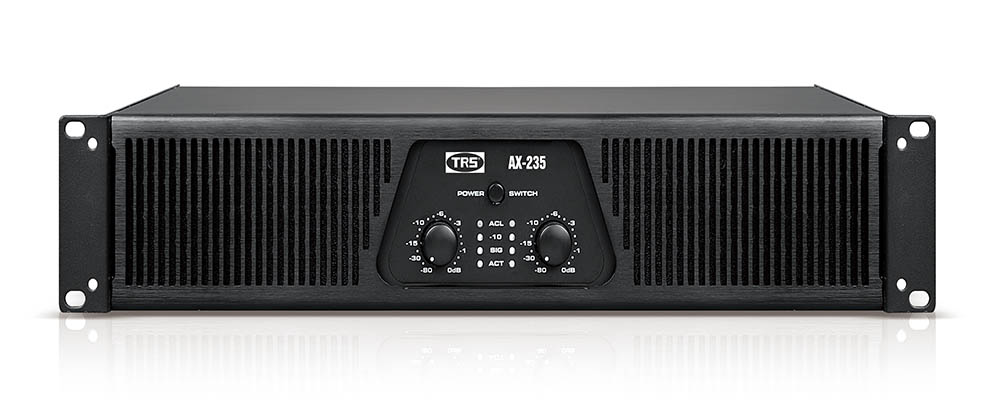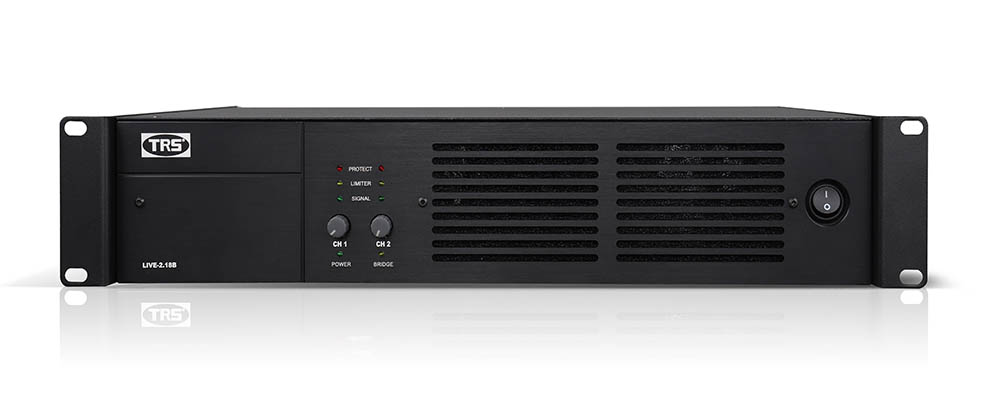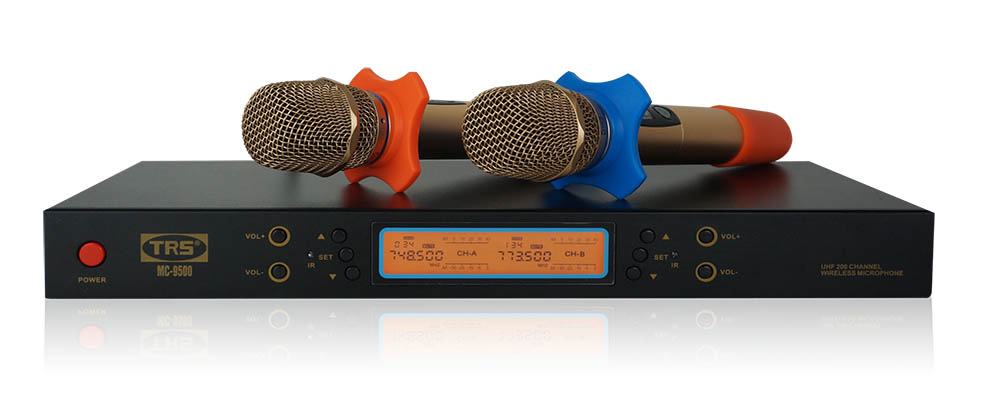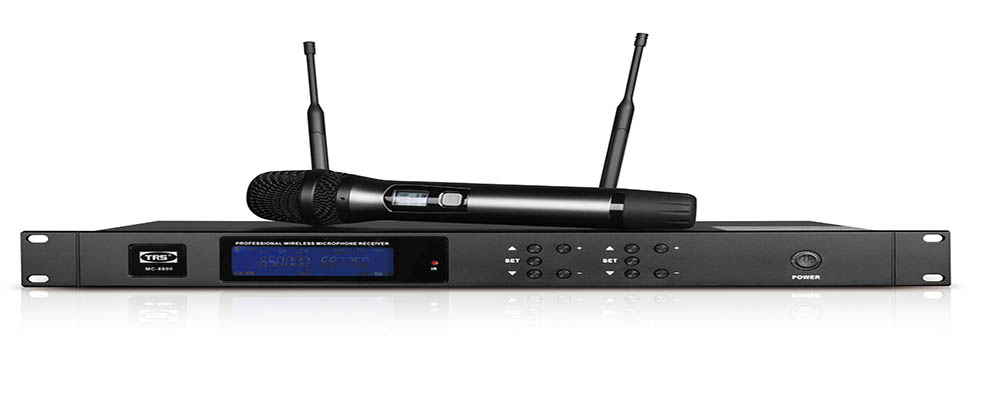In the audio system, the burning out of the speaker unit is a very headache for audio users, whether it is in a KTV place, or a bar and a scene. Usually, the more common view is that if the volume of the power amplifier is turned too high, it is easy to burn out the speaker. In fact, there are many reasons for the speaker to burn out.
1. Unreasonable configuration of speakers and power amplifiers
Many friends who play audio will think that the output power of the power amplifier is too large, which is the cause of damage to the tweeter. In fact, it is not. In professional occasions, the speaker can generally withstand large signal shocks twice the rated power, and can withstand 3 times instantaneously. Peak shocks twice the rated power without problems. Therefore, it is very rare that the tweeter is burned by the high power of the power amplifier, not due to unexpected strong impact or long-term howling of the microphone.

When the signal is not distorted, the power energy of the short-term overloaded signal falls on the woofer with higher power, which does not necessarily exceed the short-term power of the speaker. Generally, it will not cause the deviation of the power distribution of the speaker and damage the speaker unit. Therefore, under normal use conditions, the rated output power of the power amplifier should be 1--2 times the rated power of the speaker, so as to ensure that the power amplifier does not cause distortion when the power of the speaker is used.
2. Improper use of frequency division
Improper use of the frequency division point of the input terminal when the external frequency division is used, or the unreasonable operating frequency range of the speaker is also a cause of damage to the tweeter. When using a frequency divider, the frequency division point should be selected strictly according to the operating frequency range of the speaker provided by the manufacturer. If the crossover point of the tweeter is selected to be low and the power burden is too heavy, it is easy to burn the tweeter.
3. Improper adjustment of the equalizer
The adjustment of the equalizer is also crucial. The frequency equalizer is set to compensate for various defects of the indoor sound field and uneven frequencies of the speakers, and should be debugged with an actual spectrum analyzer or other instruments. The transmission frequency characteristics after debugging should be relatively flat within a certain range. Many tuners who don't have sound knowledge conduct adjustments at will, and even quite a few people raise the high frequency and low frequency parts of the equalizer too high, forming a "V" shape. If these frequencies are increased by more than 10dB compared with the midrange frequency (the adjustment amount of the equalizer is generally 12dB), not only the phase distortion caused by the equalizer will seriously color the sound of the music, but also easily cause the treble unit of the audio Burned out, this kind of situation is also the main cause of burned out speakers.
- Volume adjustment
Many users set the attenuator of the post-stage power amplifier at -6dB, -10dB, that is, 70%--80% of the volume knob, or even a normal position, and increase the input of the front stage to achieve a suitable volume. It is thought that the speaker is safe if there is a margin in the power amplifier. In fact, this is also wrong. The attenuation knob of the power amplifier attenuates the input signal. If the input of the power amplifier is attenuated by 6dB, it means that to maintain the same volume, the front stage must output 6dB more, the voltage must be doubled, and the upper dynamic headroom of the input , will be cut off in half. At this time, if there is a sudden large signal, the output will be overloaded 6dB early, and a clipped waveform will appear. Although the power amplifier is not overloaded, the input is a clipping waveform, the treble component is too heavy, not only the treble is distorted, but the tweeter may also burn out

When we use the microphone, if the microphone is too close to the speaker or facing the speaker, and the volume of the power amplifier is turned on relatively loudly, it is easy to generate high-frequency sound feedback and cause howling, which will cause the tweeter to burn out. Because most of the midrange and treble signals are sent from the treble unit after passing through the frequency divider, this high-energy signal all passes through the treble unit with a very thin coil, generating a large instantaneous current, causing an instantaneous high temperature, and blowing the voice coil wire , the tweeter broke after making a "woo" scream.

The correct way is to use the microphone not close to or facing the speaker unit, and the power amplifier capacity should be gradually increased from small to large. The loudspeaker will be damaged if the volume is too high, but the more likely situation is that the power of the power amplifier is insufficient and the loudspeaker is turned on hard, so that the output of the power amplifier is not a normal sine wave, but a signal with other clutter components, which will burn out the speaker.

Post time: Nov-14-2022
